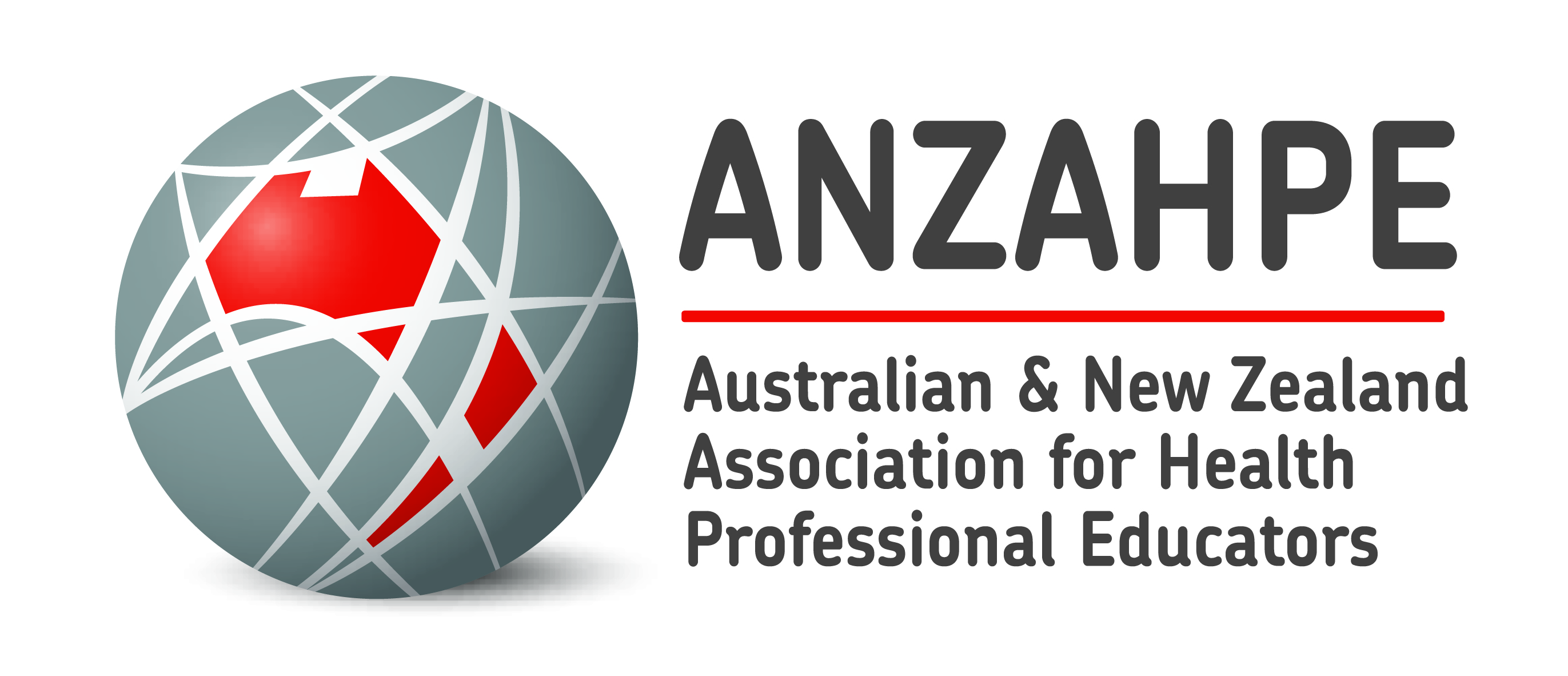Editorial, Vol 23.3 Voicing self-appraisal as a component of learner feedback literacy: Is it realistic when the chips are down?
DOI:
https://doi.org/10.11157/fohpe.v23i3.686References
Bearman, M., Castanelli, D., & Denniston, C. (2018). Identifying and working with underperformance. In C. Delaney & E. Molloy (Eds.), Learning and teaching in clinical contexts: A practical guide (pp. 236–250). Elsevier Australia.
Boud, D., & Dawson, P. (2021). What feedback literate teachers do: An empirically-derived competency framework. Assessment & Evaluation in Higher Education. Advance online publication. https://doi. org/10.1080/02602938.2021.1910928
Boud, D., & Molloy, E. (2013). Rethinking models of feedback for learning: The challenge of design. Assessment & Evaluation in Higher Education, 38(6), 698–712. https://doi.org/10.1080/02602938. 2012.691462
Carless, D., & Boud, D. (2018). The development of student feedback literacy: Enabling uptake of feedback. Assessment & Evaluation in Higher Education, 43(8), 1315–1325. https://doi.org/10.1080/ 02602938.2018.1463354
Castanelli, D. J., Weller, J. M., Molloy, E., & Bearman, M. (2022). Trust, power and learning in workplace-based assessment: The trainee perspective. Medical Education, 56(3), 280–291. https:// doi.org/10.1111/medu.14631
Cook-Sather, A. (2006). Sound, presence, and power: “Student voice” in educational research and reform. Curriculum Inquiry, 36(4), 359–390. https://doi.org/10.1111/j.1467-873X.2006.00363.x
Hanna, A. (2021). Silence at school: Uses and experiences of silence in pedagogy at a secondary school.
British Educational Research Journal, 47(5), 1158–1176. https://doi.org/10.1002/berj.3719
Hu, W. C. Y., Woodward-Kron, R., & Flynn, E. (2019). Educator as diagnostician, judge and confidant: A positioning analysis of medical student support encounters. Advances in Health Sciences Education, 24(4), 707–724. https://doi.org/10.1007/s10459-019-09892-7
Lewis, A. (2010). Silence in the context of “child voice”. Children & Society, 24(1), 14–23. https://doi. org/10.1111/j.1099-0860.2008.00200.x
Molloy, E., & Bearman, M. (2019). Embracing the tension between vulnerability and credibility: “Intellectual candour” in health professions education. Medical Education, 53(1), 32–41. https:// doi.org/10.1111/medu.13649
Molloy, E., Boud, D., & Henderson, M. (2020). Developing a learning-centred framework for feedback literacy. Assessment & Evaluation in Higher Education, 45(4), 527–540. https://doi.org/10.1080/026 02938.2019.1667955
Nicol, D. (2021). The power of internal feedback: Exploiting natural comparison processes. Assessment & Evaluation in Higher Education, 46(5), 756–778. https://doi.org/10.1080/02602938.2020.1823 314
Noble, C., Sly, C., Collier, L., Armit, L., Hilder, J., & Molloy, E. (2019). Enhancing feedback literacy in the workplace: A learner-centred approach. In S. Billett, J. M. Newton, G. Rogers, & C. Noble (Eds.), Augmenting health and social care students’ clinical learning experiences: Outcomes and processes (pp. 283–306). Springer.
Winstone, N. E., Nash, R. A., Parker, M., & Rowntree, J. (2017). Supporting learners’ agentic engagement with feedback: A systematic review and a taxonomy of recipience processes. Educational Psychologist, 52(1), 17–37. https://doi.org/10.1080/00461520.2016.1207538
Zhan, Y. (2021). Developing and validating a student feedback literacy scale. Assessment & Evaluation in Higher Education. Advance online publication. https://doi.org/10.1080/02602938.2021.2001430
Downloads
Published
Issue
Section
License
Copyright (c) 2022 Focus on Health Professional Education: A Multi-Professional Journal

This work is licensed under a Creative Commons Attribution-NonCommercial-NoDerivatives 4.0 International License.
On acceptance for publication in FoHPE the copyright of the manuscript is signed over to ANZAHPE, the publisher of FoHPE.






